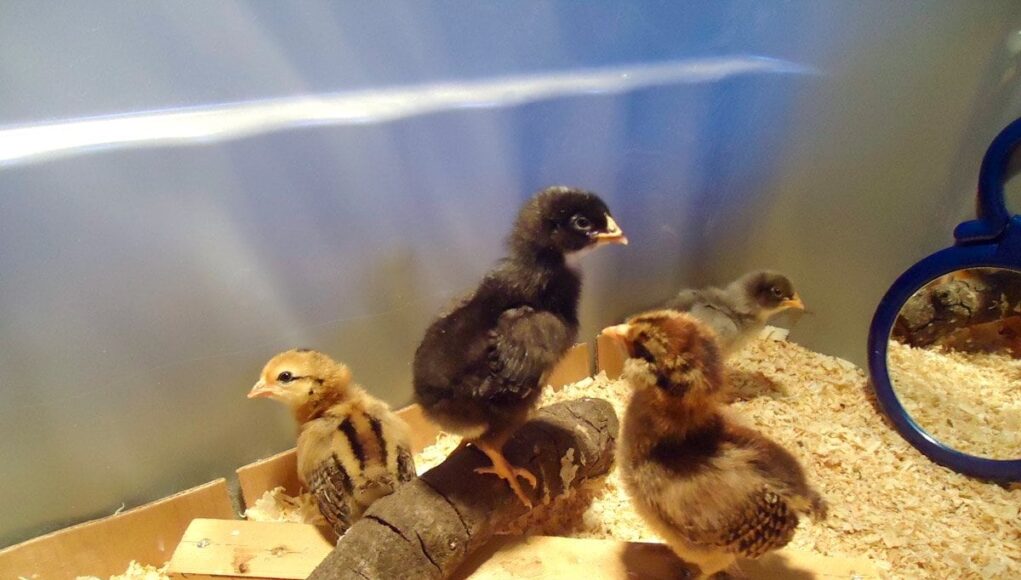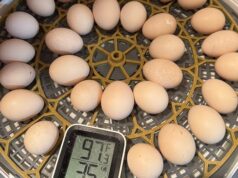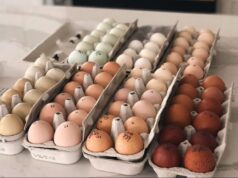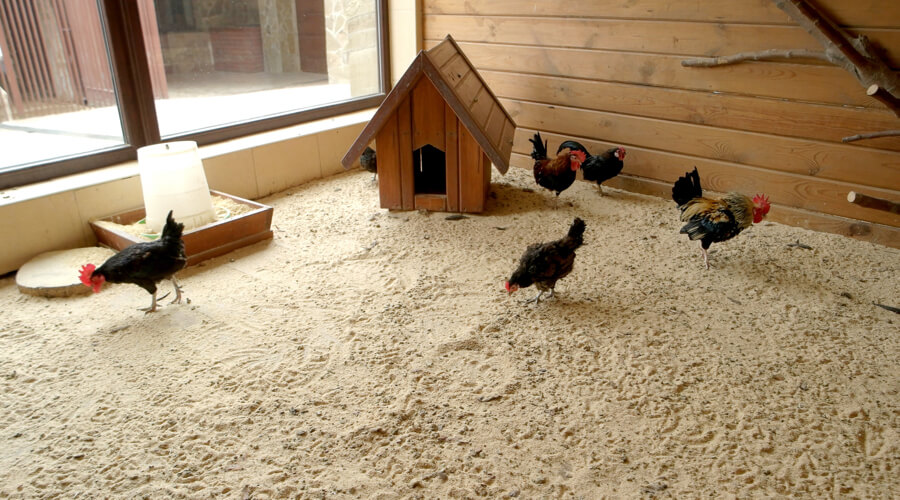Incorporating a chick brooder for classroom use is an innovative way to engage students and teach them about biology, life cycles, and responsibility. This hands-on educational tool provides an interactive learning experience that can captivate students’ interest and provide practical knowledge that goes beyond textbooks.
Using a chick brooder for classroom use not only enriches the curriculum but also provides a unique opportunity to observe the growth and development of chicks from egg to bird. This article will explore the benefits, setup, and maintenance of a chick brooder in an educational setting, offering practical advice for educators and students alike.

Why Use a Chick Brooder in the Classroom?
Integrating a chick brooder into the classroom setting provides numerous educational benefits. It offers a practical approach to learning, allowing students to observe and interact with living creatures. This experience can foster a sense of responsibility and empathy, as students take part in caring for the chicks.
Moreover, this hands-on experience can enhance understanding of biological concepts such as life cycles, anatomy, and behavior. It also promotes critical thinking and problem-solving skills as students learn to manage and care for the chicks responsibly.
Educational Benefits
The educational benefits of using a chick brooder are vast. Students can learn about the life cycle of chickens, from egg incubation to hatching and growth. This process can be tied into lessons on biology, ecology, and environmental science.
Furthermore, students gain firsthand experience in animal husbandry, learning about the needs and behaviors of chicks. This can lead to discussions about animal welfare and ethical treatment, fostering a sense of compassion and responsibility.
Engaging Students
Having a chick brooder in the classroom can make learning more engaging and exciting. Students are often curious about animals and keen to learn more about them. The presence of chicks can spark interest and motivate students to participate actively in lessons.
This interactive approach can also cater to different learning styles, as students can observe, interact, and contribute to the chicks’ care. This can lead to improved retention of information and a deeper understanding of the subjects being taught.
Setting Up a Chick Brooder in the Classroom
Setting up a chick brooder in the classroom requires careful planning and consideration. It is important to create a safe and comfortable environment for the chicks to thrive. Here are the essential steps to setting up a successful chick brooder.
Choosing the Right Brooder
The first step is selecting the right brooder for your classroom. There are various options available, including commercial brooders and DIY solutions. The choice depends on the resources available and the specific needs of your classroom.
Commercial brooders are often more convenient and come with built-in heating and ventilation systems. However, a DIY brooder can be a cost-effective alternative and can be custom-designed to fit the classroom space. More information on space-saving designs can be found online.
Essential Equipment
Once you have chosen your brooder, it’s important to equip it properly. Essential equipment includes a heat source, bedding, food, and water containers. A heat lamp or heating plate is necessary to maintain the proper temperature for the chicks.
Bedding such as wood shavings or straw provides comfort and helps absorb waste. It’s crucial to keep the brooder clean and dry to prevent illness. For more information on brooder setup, check out this external guide.
Location and Space Considerations
The location of the brooder is another important factor. It should be placed in a quiet area away from drafts and direct sunlight. Adequate space is necessary to allow the chicks to move freely and grow comfortably.
Be sure to check out the mixed flock care guide for additional tips on managing space effectively.
Caring for Chicks in the Classroom
Once your chick brooder is set up, ongoing care is essential to ensure the health and well-being of the chicks. This includes monitoring their diet, maintaining cleanliness, and observing their behavior.
Feeding and Nutrition
Proper nutrition is vital for the growth and development of chicks. A starter feed specifically designed for chicks should be provided. This feed contains the necessary nutrients to support their growth.
It’s important to introduce grit gradually as the chicks grow. For detailed guidance, read more about when to introduce grit.
Cleaning and Maintenance
Regular cleaning is crucial to prevent disease and ensure a healthy environment. Bedding should be changed frequently, and food and water containers should be cleaned daily.
Establishing a cleaning schedule can help manage these tasks efficiently. For additional insights, explore this setup tutorial.
Monitoring Health and Behavior
Observing the health and behavior of the chicks is an important part of their care. Look for signs of illness such as lethargy, loss of appetite, or unusual behaviors. Early detection can prevent the spread of disease.
Encouraging students to participate in monitoring can help them develop observational skills and foster a sense of responsibility.

FAQs
What is the ideal temperature for a chick brooder?
The ideal temperature for a chick brooder starts at 95F during the first week and decreases by 5F each subsequent week until it reaches ambient room temperature.
How often should a chick brooder be cleaned?
A chick brooder should be cleaned regularly, with bedding changed at least once a week and food and water containers cleaned daily to maintain a healthy environment.
What materials can be used for brooder bedding?
Common materials for brooder bedding include wood shavings, straw, and shredded paper. These materials provide comfort and help absorb waste while keeping the brooder dry.
This article contains affiliate links. We may earn a commission at no extra cost to you.











